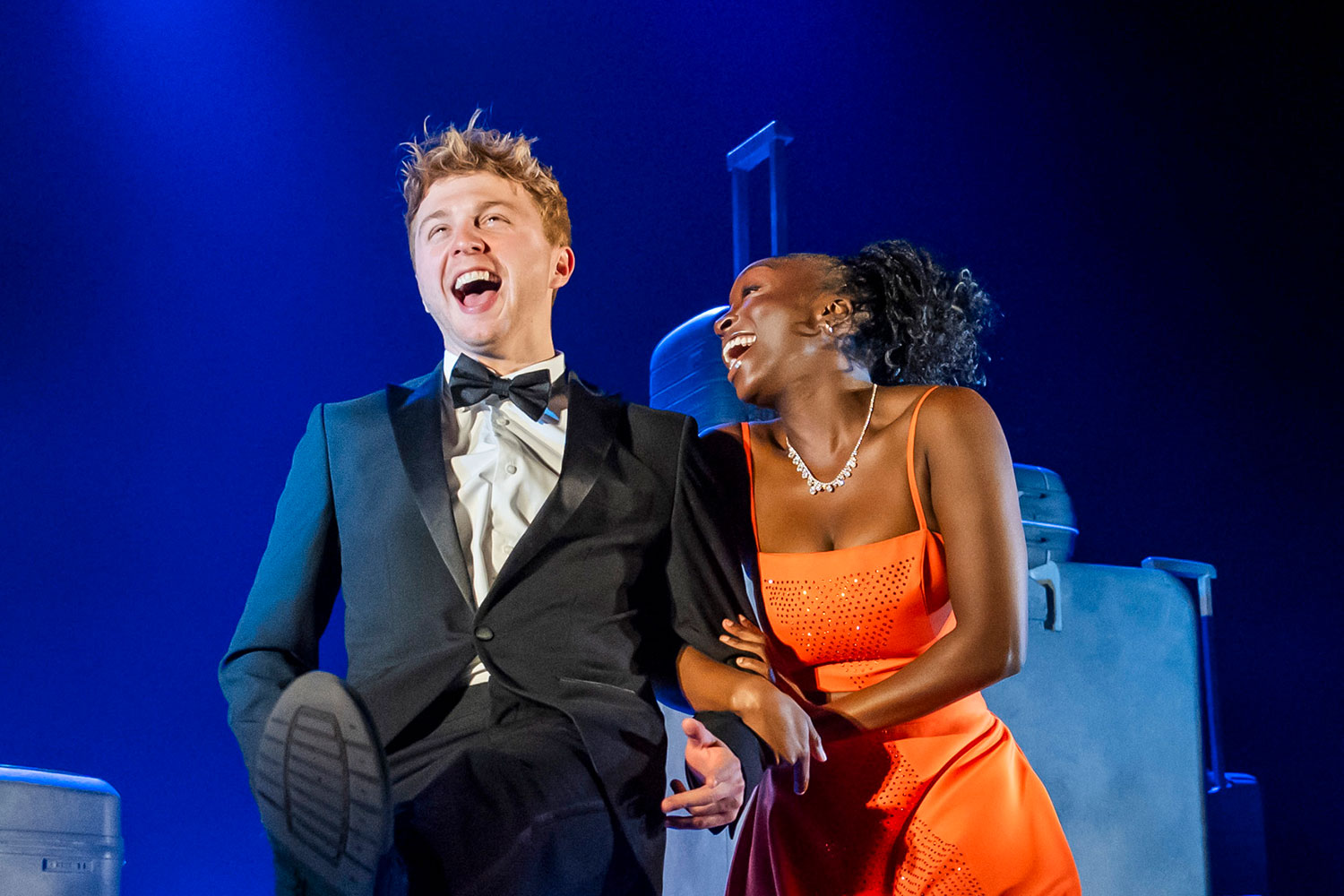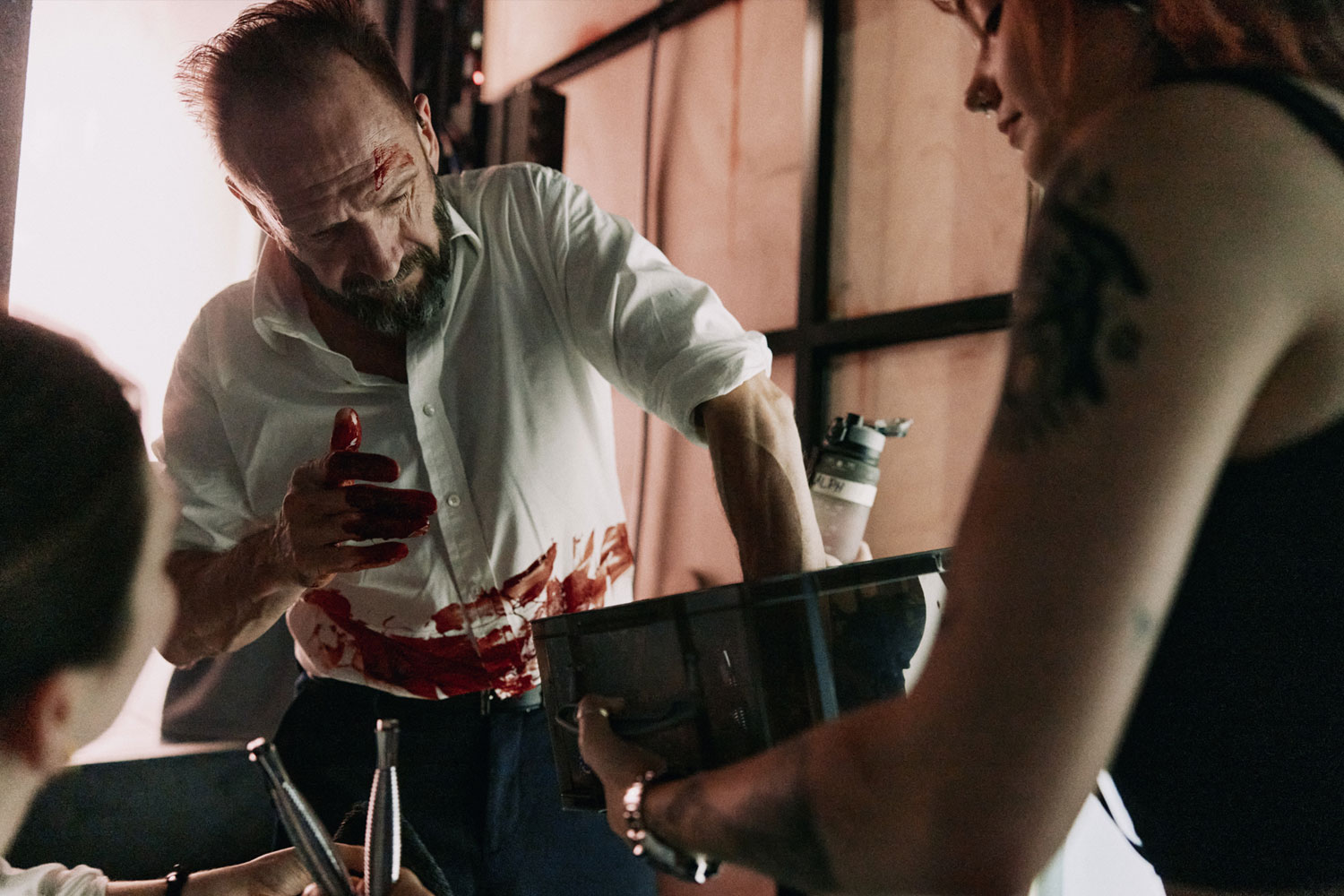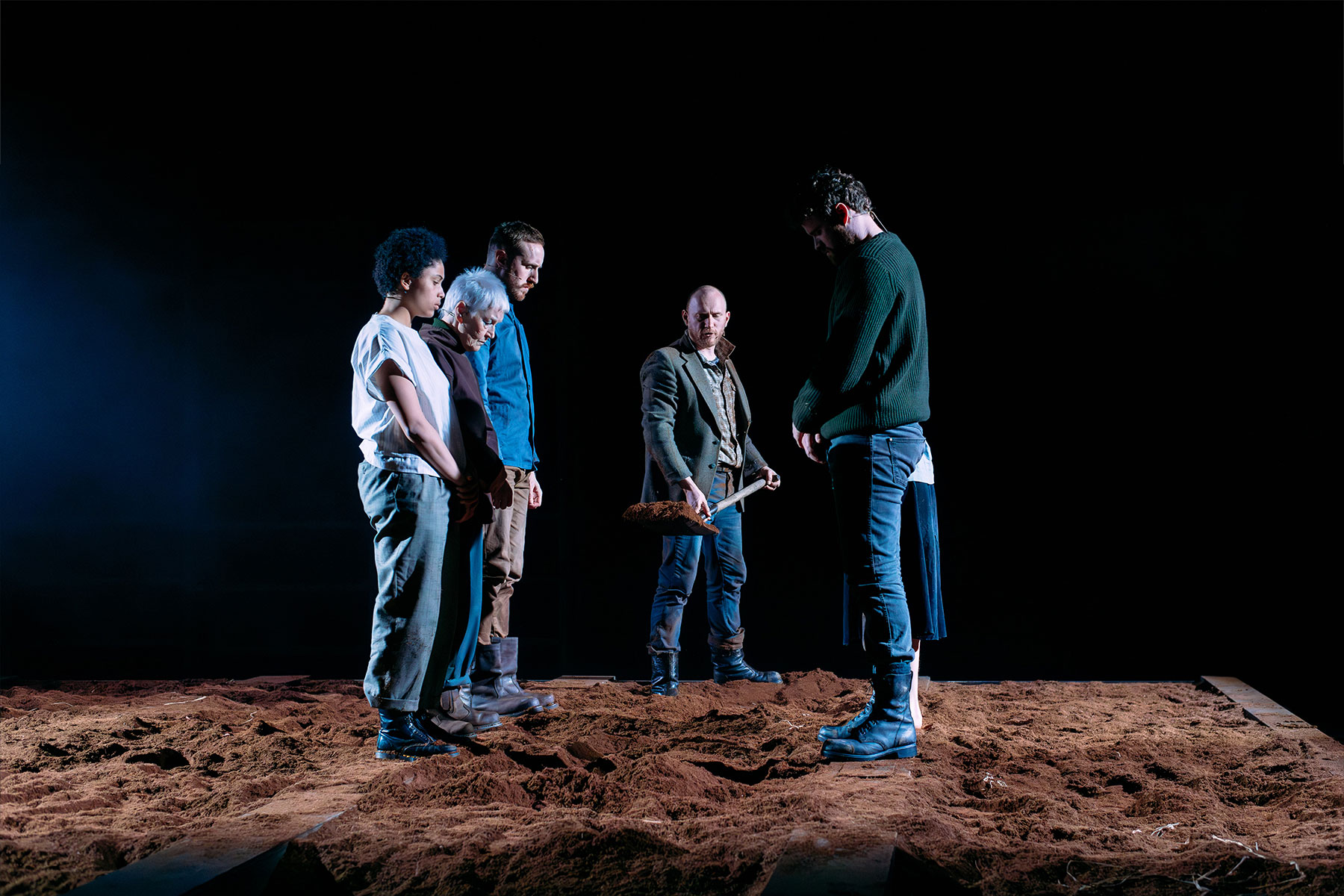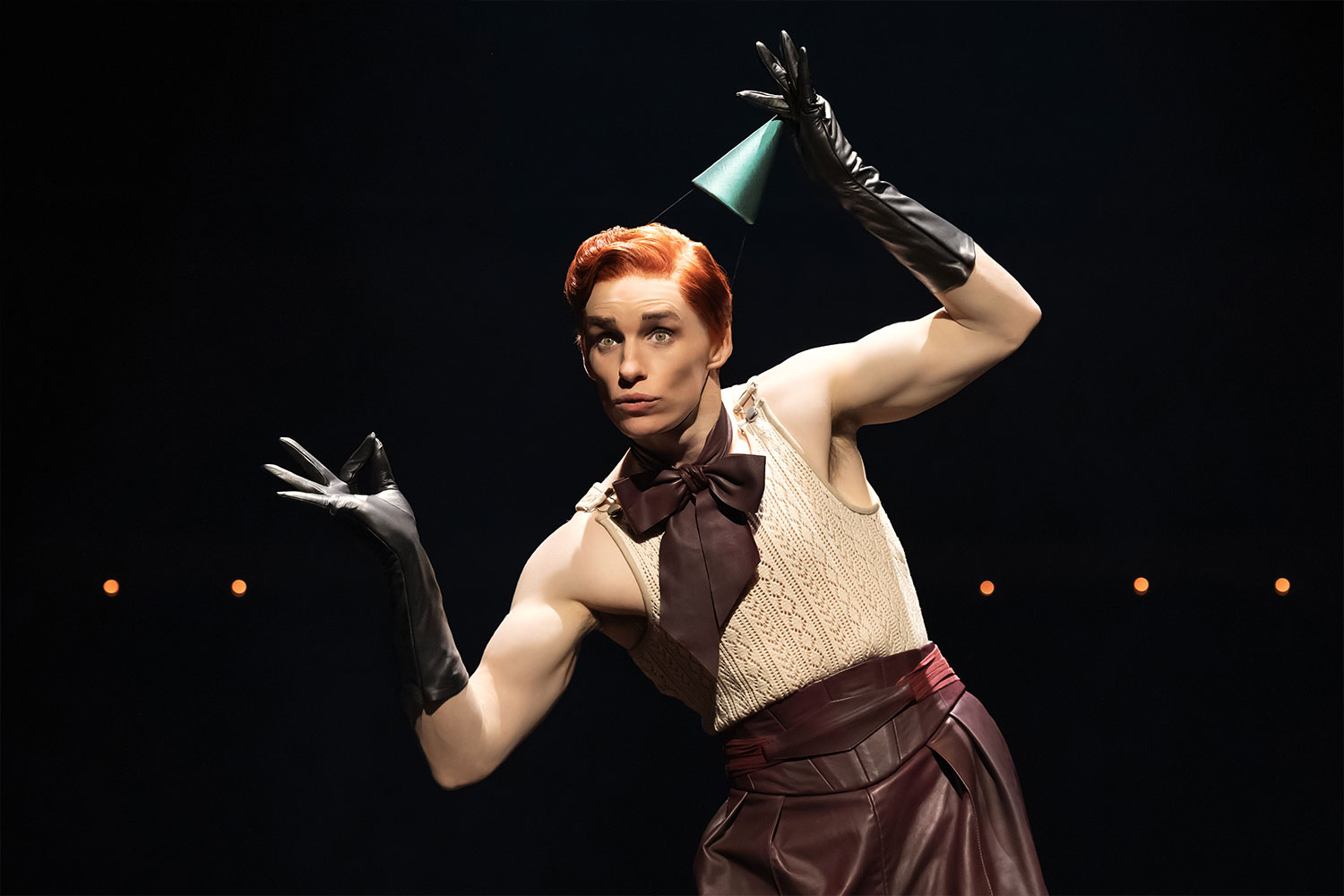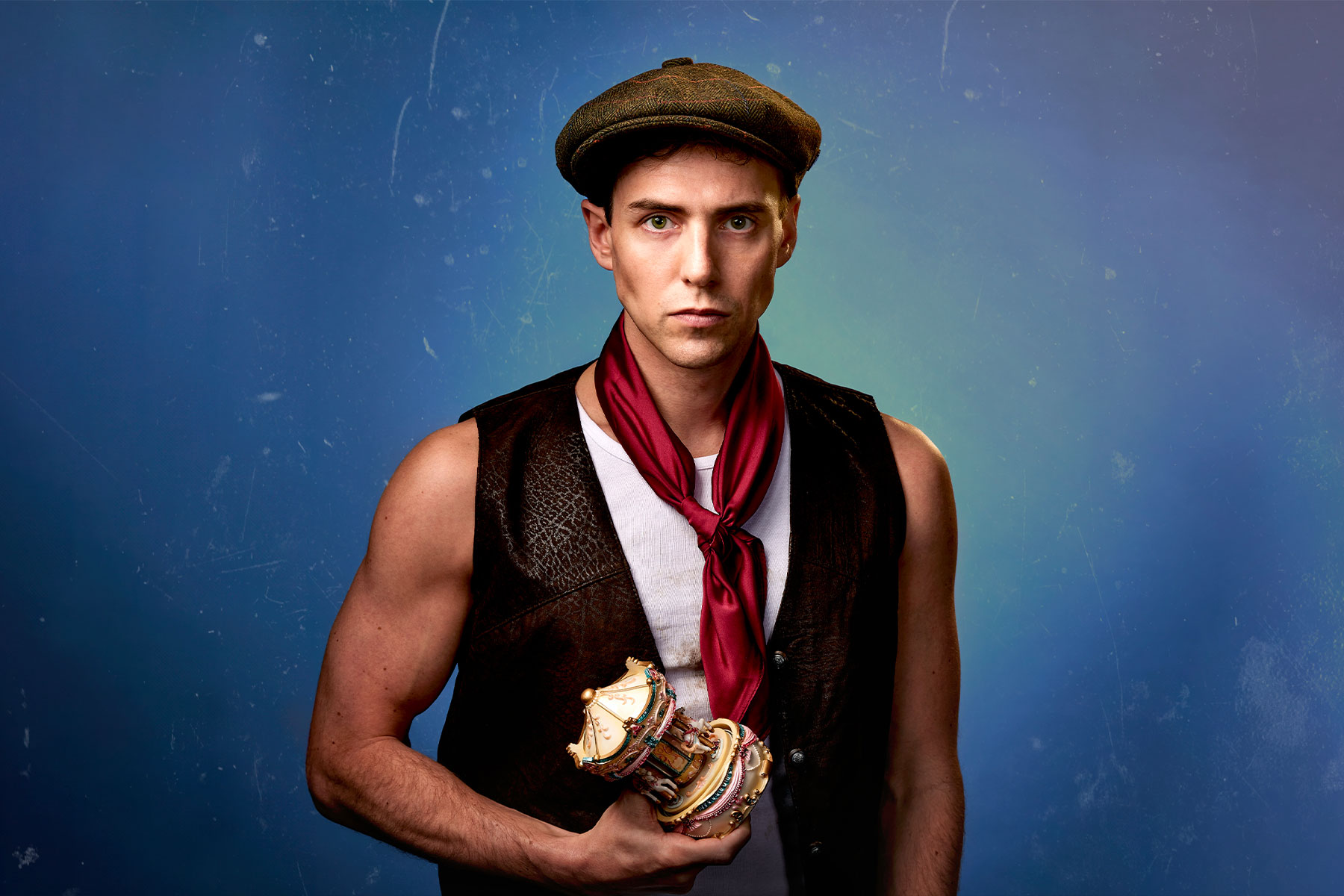Pina Bausch Remembered
The sudden death last month of legendary dancer and choreographer Pina Bausch shocked the performing arts world. Kate Bassett reflects on Bausch’s extraordinary upbringing and ground-breaking career as well as her far-reaching and , no doubt, long-lasting legacy.
The world-renowned dancer and hugely influential choreographer Pina Bausch died on 30 June at the age of 68 (See News, 30 Jun 2009). She had, reportedly, been diagnosed with cancer, just five days earlier. Her disappearance from the world of dance seems grievously sudden, for she had never stopped working. Retaining her status as a leading light in her field, she made a personal appearance in London just last year, when Sadler’s Wells invited her company, Tanztheater Wuppertal, to present her celebrated seminal works Café Müller and The Rite of Spring as a double bill.
The venue’s artistic director, Alistair Spaulding, said, on hearing the mournful news, that he was deeply distressed. “She was,” he stated, “an artist of the kind that the world is only blessed with from time to time. Her repertoire of works has inspired generations of audiences and artists, with an impact that is hard to overestimate. She was a dear friend to me,” he said, “and I will miss her greatly. There is now a big hole in my life, and that of countless others.”
Alan Davey, the chief executive of Arts Council England, added: “Pina Bausch was a unique artist whose work gave us sometimes joyous and sometimes painful insights into the human condition. She has inspired audiences and artists the world over and was many times a welcome visitor to Britain.”
German born & bred
Bausch was born in Hitler’s Germany in 1940. Such beginnings certainly weren’t something to dance about, in the ordinary sense, yet she was to emerge from that grim era as an intense, physically expressive young woman. Her family was not directly connected with the arts. Her parents ran an everyday restaurant in Solingen, a town in the industrial Ruhr Valley, but the chorus line from the local theatre dined there regularly. The schoolgirl Bausch used to hang around in the corner, and they formatively encouraged her to take ballet classes.
Some expected Bausch, as her world-class talent emerged, to bound away from the Ruhr as fast as her legs could carry her, to settle somewhere far more cosmopolitan. However, she had a retiring and austere side, and essentially remained based in the gritty region where she grew up. Wuppertal is a local town, and her troupe’s rehearsal rooms have, for years, been unglamorously located there, above a McDonald’s and not far from a pesticide factory. An unalluring prospect, perhaps, but members of Bausch’s 30-strong corps were drawn there from all over the globe, being eager to work with her no matter where. Displaying extraordinary dedication, they often put in 12-hour days before premieres and, in some cases, stuck around for decades. They will all be wondering where to go now.
Over the years, Bausch gained international recognition as a giant in her field, developing a style that radically went beyond most modern dance moves and challenged the very definition of choreography. Some hold that she was not just the grande dame of the particular school known as “dance theatre” (or “Tanztheater”), but the single most inspiring avant-garde creator on the scene since World War II.
Stylised & realistic
Combining stylised moves with startling moments of everyday realism, she had her performers running around barefoot or satirically tottering in stilettos, as if at some cocktail party or beauty parade (including men in drag). She wove ordinary gestures and speech into the mix, not to mention deliberately mundane props – cigarettes, coffee cups, supermarket trolleys. Using dancers of all shapes, sizes and ages, she also encouraged them to play games with the overlap between art and actuality. They often directly addressed the audience in a confessional or confrontational mode, and they emerged as memorable individuals not just anonymous bodies.
Bausch’s bold and idiosyncratic working method was based on improvisations. She ultimately assumed artistic control (editing and elaborating), but prior to that she presented her dancers with questions and challenging tasks, nudging them into highly personal responses which served as her raw material: “Do something you are ashamed of”; “Write your name with movement”; “How do you cry?” The everyday gesture would also slide into the expressionistic as she worked “from the inside out”, declaring herself to be “not interested in how people move, but what moves them”. Her recurrent themes included desperate loneliness, the search for love, and vicious battles between the sexes. This came with music eclectically ranging from Stravinsky, as in The Rite of Spring, to The Platters’ 1955 hit song “Only You”.
She was famed, too, for her stunning, vast sets; for the marathon length of some works (three hours plus, without interval), and for using repetition rather than any linear narrative. Though some may have judged her pretentious, she created dreamlike visions: multi-layered collages of weird, humorous and disturbing images. As the British stage director Neil Bartlett once remarked: “Bausch does it with pictures … (and) nobody – not even Philip Prowse, not even Patrice Chéreau – does it better.”
In her raw and ritualistic Rite of Spring – first created in 1975, and now a modern classic – Bausch’s throng of dancers viscerally tussled in a dark field of peat. There a blood-red dress symbolised sacrifice. On other occasions, she covered the stage with live grass or dead leaves. In one piece called Nelken (which is German for “carnations”), men in frocks and white underpants blithely bunnyhopped around a meadow of pink flowers, before being halted by a fascistic guard and real snapping Alsatians. Sheep also wandered through in Viktor, and a five-ton wall crashed to the ground in Palermo, Palermo. Stunt men joined her dancers, leaping off 20-foot scaffolds into mountains of cardboard boxes, and ladies splashed around in a pool of water, surreally enamoured of a hippo (not real but full-scale).
A shadowy concrete chamber, somewhere between a Dantesque diner and a mausoleum, was setting for Café Müller, the piece in which Bausch performed persistently, even in her last years. She was always skeletally thin, hauntingly so, and this harrowing work portrayed addictive and lost love. Created in 1978, it eerily foreshadowed the death of her husband, the set designer Rolf Borzik, from leukaemia in 1980. The chamber began to look like an asylum for damaged souls as Bausch and her troupe – in eternal cycles – clasped ardently, strained to hold each other up, dropped one another like dead weights, and hurled themselves against walls. It was a vision of devastated mourning.
Other works were more serene. In Danzon (1995), Bausch stood behind a translucent scrim where giant fishes swam, waving her long arms like tendrils, casting a spell or maybe directing in her sleep. Watery dreams and arm-dancing were, indeed, two of her favourite things, along with winding processionals.
Big-name fans
Keen admirers of her work included Susan Sontag, the choreographers Lloyd Newson and Bill T Jones, and the theatre directors Peter Brook, Peter Stein and Katie Mitchell. The British actor-director Richard Wilson went with Alan Rickman to see Tanztheater Wuppertal’s British debut in 1982, and they subsequently headed a fundraising initiative – along with Fiona Shaw and Antony Gormley – to help bring the company back to the UK again.
As for the big screen, Cate Blanchett once said: “If I had my time again, I’d do anything to work with the choreographer Pina Bausch … dispense with words entirely.” Bausch herself acted in Fellini’s film And the Ship Sails On (playing the blind but insightful princess on his ocean cruiser), and she reached a whole new audience via Pedro Almodovar’s 2002 movie Talk to Her (dancing in a performance of Café Müller, watched by the main protagonists).
In spite of her big-name fans, though, Bausch remained elusive. She notoriously responded to unwanted press questions with cringe-inducing silences, and declined to write explanatory programme notes. In life, as in death, she had “a vanishing quality”. Nonetheless, a few documentary-makers gained access to rehearsals. The film Coffee with Pina glimpsed her – in baggy slacks with a ponytail – quietly scribbling notes as she watched her dancers, serious but occasionally laughing or getting up to work out steps with a half-eaten bun in her hand.
The images of her chain-smoking will, now, leave a more bitter taste in the mouth. Her gaunt face was skull-like yet strangely beautiful, feminine and masculine, sensitive but with inner steel. Gentle in manner, she was not obviously high-status but exuded a distant cool dignity that made her, paradoxically, magnetic and endowed her with mystique. She might be compared with Peter Brook in the cult-like devotion she inspired.
She said that she had never felt comfortable with words, and loved dancing as a child because she was scared to speak. She found she could feel more fully when she was physically moving. Though her stage images were often cryptic, she argued that her productions spoke for themselves. Audiences manifestly connected with them on a profound level, finding her work open to multiple interpretations. Thus Bausch arguably bowed out, leaving the last step in the creative process to the individual spectator.
Key influences
But what of the early phases of her career and who influenced her? She once stated, “I am no one’s pupil,” yet one might discern traces of Brecht’s and Lee Strasberg’s methods, Artaud and Absurdism. Moreover, she was regarded as a descendent of Rudolf von Laban who initiated Germany’s expressive dance movement, working barefoot out of doors. The 15-year-old Bausch joined the Folkwang School in Essen as a protégée of the pioneering Kurt Jooss. He had studied with Laban and she acknowledged his nurturing benevolence, describing him as being, “like a papa…very warm, with a lot of humour.”
At 18, she headed off to Manhattan’s prestigious Juilliard School where she was taught by Alfredo Corvino, Antony Tudor and José Limon. Tudor swiftly recruited her for the Metropolitan Opera’s ballet company. At the same time, she worked adventurously with the contemporary choreographers Paul Sanasardo and Donya Feuer. Another Juilliard graduate, Paul Taylor, specially created the role of the praying mantis for her in his early duet Tablet at the New American Ballet. Though professionally flourishing in Manhattan, she was a fragile nervous young woman. She was said to be chronically shy, crying a great deal and becoming alarmingly thin. It has been suggested, but not confirmed, that she struggled with an eating disorder, possibly related to issues of gender identity.
She returned home in the Sixties to dance as a soloist for the new Folkwang Ballet company, established by Jooss. He firmly told her to put on some weight. Then she made her debut as a choreographer in 1968 with a seminal piece called Fragment. Astoundingly quickly, the following year, she took over as the company’s artistic director from the 67-year-old Jooss, and in 1973 was appointed director and choreographer of the Ballett der Wupperthaler Buhnen. Taking many of her Folkwang dancers with her, she forged this into her own modern corps, soon rechristened the Tanztheater Wuppertal.
This was not an entirely easy ride. She was slated as the “wicked fairy of German ballet” when she swept Sleeping Beauty and The Nutcracker out of Wuppertal’s repertoire. Her visceral new works were pelted with fruit, and certain company dancers found them intolerably disturbing. Several went on strike or simply left. In the Eighties, politically correct commentators condemned her presentation of dolled-up and abused women as the “pornography of pain”, her riposte being that she was confronting, not condoning violence.
Meanwhile, in her private life, she had entered a phase of greater happiness, meeting the German-Chilean poet Ronald Kay who became her long-term partner. They had a son named Rolf (presumably after Borzik) in 1981, and her work became more buoyant overall. A few staunch traditionalists continued to protest that it was not real dance, though her troupe performed dazzling turns and always had daily ballet classes behind the scenes (taught by Corvino until his death in 2005). Some other critics remarked that Bausch had started repeating herself to the point of ennui, even if Tanztheater Wuppertal had moved into exploring other cultures. The company took up residencies, and created pieces about foreign cities from Palermo to Istanbul to Hong Kong.
Cavils aside, Bausch blazed a trail. Emerging from the shadows in Café Müller, as a sexagenarian, she looked like a cadaverous memento mori. At the same time, though, she retained a girlish lankiness, with her swirling arms and twisting, flicking torso. She spoke about wanting to give it all up during the exhausting nadirs involved in creating new works. Yet underpinning all her productions was the sense that they were experiments, continuing essays, that she hadn’t finished yet.
Kate Bassett is drama critic for the Independent on Sunday and author of In Two Minds: A Biography of Jonathan Miller.
For more news, reviews and features from the world of dance, visit our recently launched dance section at www.whatsonstage.com/dance.



